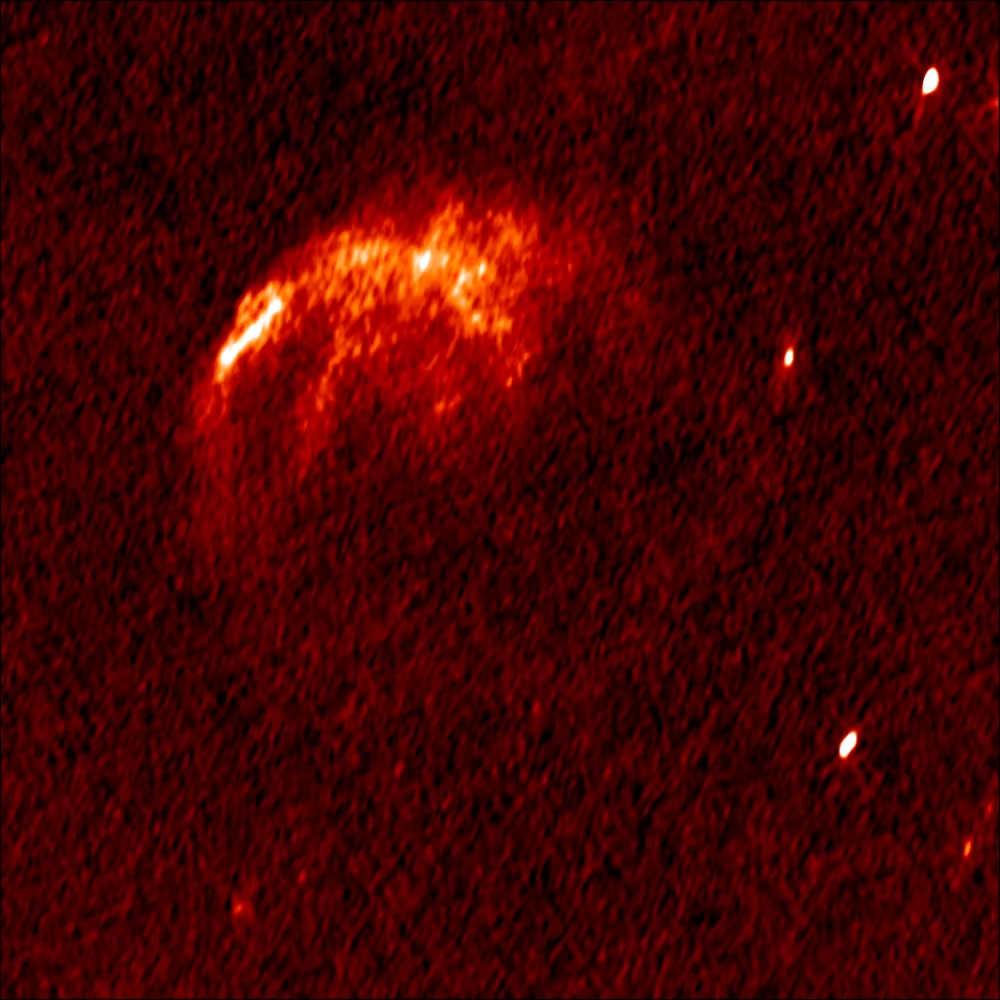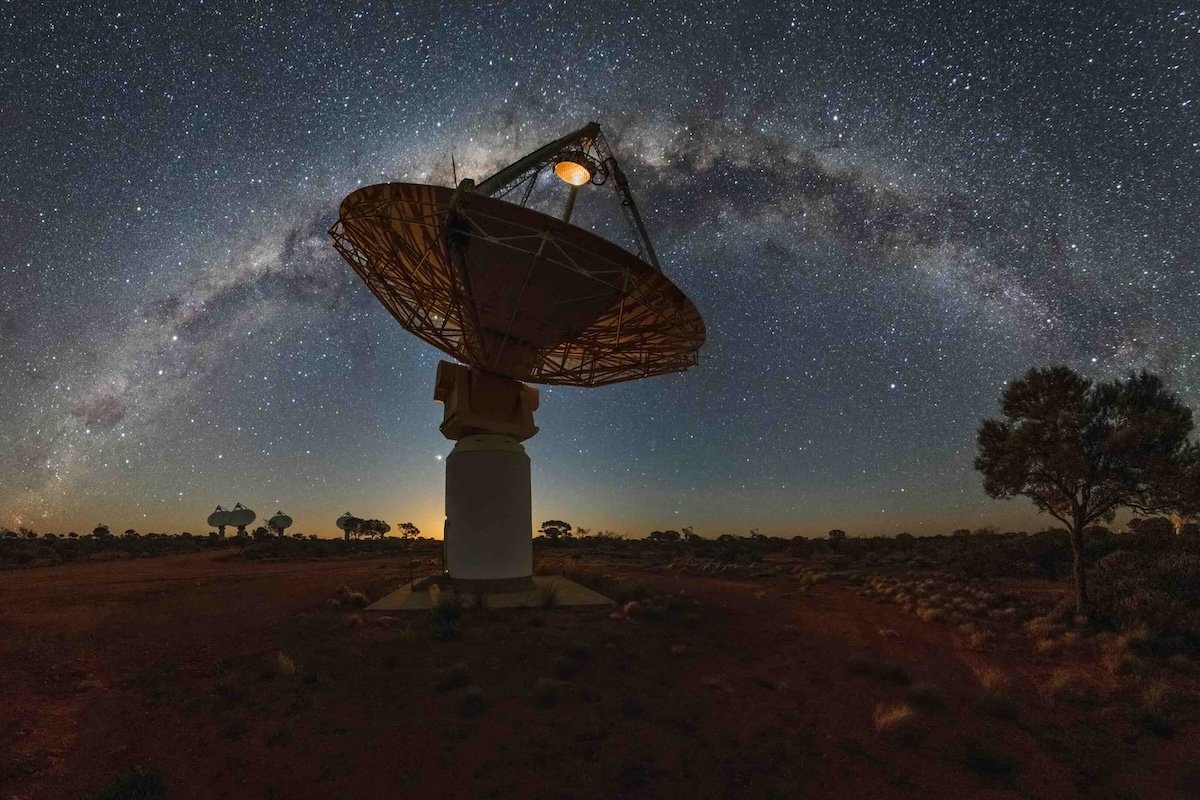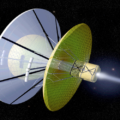Astronomers have detected a peculiar radio signal originating from deep space that evades current scientific understanding. Designated ASKAP J1935+2148, the signal repeats every 53.8 minutes, making it the longest period ever recorded for such a phenomenon.
Published in the journal Nature Astronomy, the discovery, made using the Australian Square Kilometre Array Pathfinder (ASKAP) radio telescope, has left astronomers puzzled and excited about the potential implications for our understanding of the universe.
In recent years, astronomers have identified several enigmatic objects emitting repeating radio signals. In 2020, GLEAM-X J162759.5-523504.3, located near the galactic center, was observed emitting unusually bright flashes for just three months before falling silent.
Another object, discovered last year, GPM J1839-10, behaves like a slow pulsar, emitting five-minute radio bursts every 22 minutes.
However, the newly-discovered radio signal acts a bit differently.
The signal was first detected during routine observations by the ASKAP radio telescope, located in Australia’s Wajarri Yamaji Country. The telescope, known for its wide field of view, was monitoring a gamma-ray burst when it stumbled upon ASKAP J1935+2148. The signal stood out due to its unique properties, including its long period and distinct emission states.

Dr. Manisha Caleb, an astrophysicist at the University of Sydney and the lead author of the study, said in a press release that she thinks this could be a new type of neutron star.
“It is highly unusual to discover a neutron star candidate emitting radio pulsations in this way,” she said in a press release. “The fact that the signal is repeating at such a leisurely pace is extraordinary.”
Following the initial detection, the team conducted further observations for several months using both ASKAP and the more sensitive MeerKAT radio telescope in South Africa.
Equipped with a special type of radio receiver, the ASKAP telescope was set up in a grid pattern to scan the sky at a frequency of 887.5 MHz. The signals it picked up were divided into smaller chunks to get a clearer picture, and the data was processed every 10 seconds to catch the bright pulses from ASKAP J1935+2148. Meanwhile, the MeerKAT telescope, which operates at a higher frequency range (0.86-1.71 GHz), provided more detailed and sensitive observations.
“What is intriguing is how this object displays three distinct emission states, each with properties entirely dissimilar from the others,” Caleb explained. “The MeerKAT radio telescope in South Africa played a crucial role in distinguishing between these states. If the signals didn’t arise from the same point in the sky, we would not have believed it to be the same object producing these different signals.”
According to the study, the astronomers observed bright linear pulses that lasted anywhere between 10 and 50 seconds, followed by weaker pulses that followed a circular pattern that only lasted 370 milliseconds, followed by a lull where no pulses were detectable. This would all then repeat.
This new mysterious radio signal challenges the current astrophysical models of neutron stars and white dwarfs. Neutron stars, known for their rapid rotation, typically complete rotations in seconds or fractions of a second. The 53.8-minute period of ASKAP J1935+2148 places it in the “pulsar death valley,” where detectable radio signals are not expected. In other words, if this is a neutron star, it shouldn’t be giving off anything.
One hypothesis is that ASKAP J1935+2148 could be an ultra-long period magnetar, a type of highly magnetized neutron star. However, the slow rotation and continued radio emission are unusual for such objects. Another possibility is a highly magnetized white dwarf, but no known white dwarfs have been observed to emit radio waves in this manner, making this explanation less likely.
Caleb and her team currently believe that this radio signal is probably from a slow-spinning neutron star or a binary system with a neutron star or another white dwarf. They admit that this is only a hypothesis since something like this has never been observed before, and further research needs to be done.
“It might even prompt us to reconsider our decades-old understanding of neutron stars or white dwarfs,” Caleb concluded. “How they emit radio waves and what their populations are like in our Milky Way galaxy.”
MJ Banias covers space, security, and technology with The Debrief. You can email him at mj@thedebrief.org or follow him on Twitter @mjbanias.

